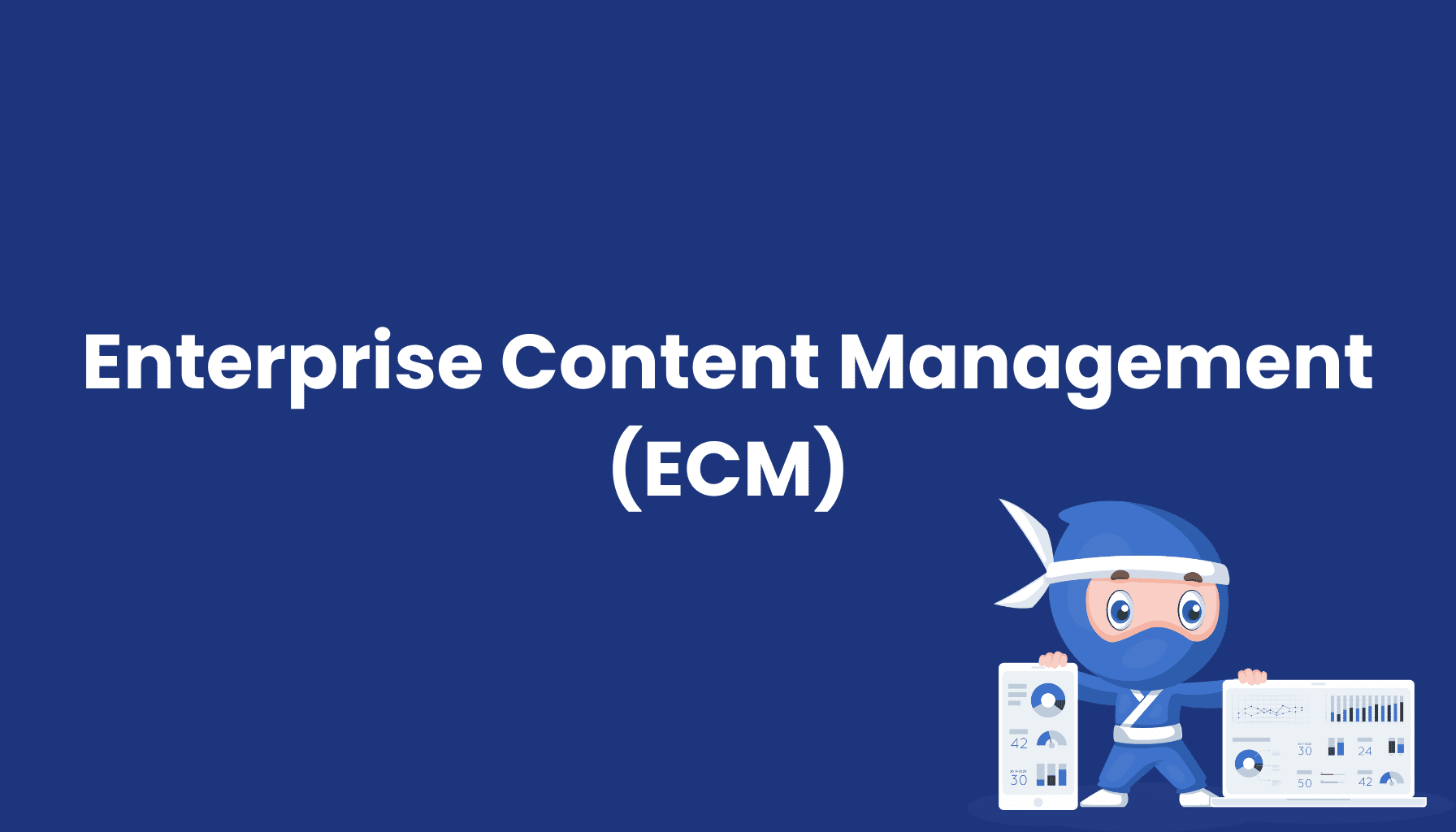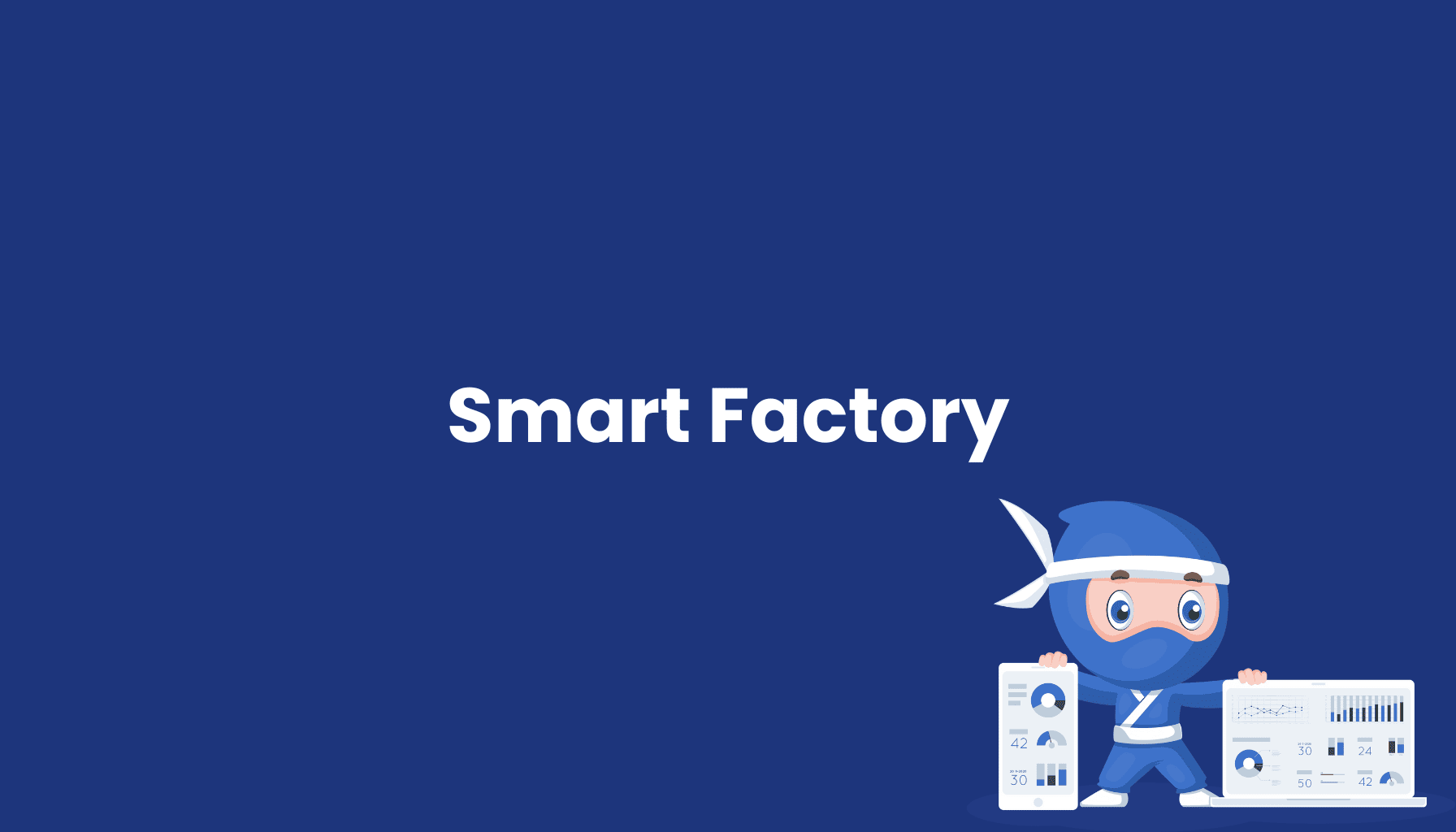Enterprise Content Management (ECM)

What is Enterprise Content Management (ECM)?
Enterprise Content Management (ECM) refers to the strategies, methods, and technologies used to capture, manage, store, and deliver content and documents within an organization. ECM systems help businesses manage unstructured information like emails, contracts, invoices, and other documents, improving efficiency and ensuring compliance with regulatory requirements.
Key Components of ECM
-
Document Capture and Scanning:
- Paper documents are digitized for easier access and storage in ECM systems, reducing the reliance on physical archives.
-
Document Management:
- Digital documents are organized, versioned, and stored to ensure easy access and up-to-date information, which enhances productivity.
-
Workflow Management:
- Automated workflows streamline document processes by assigning tasks and responsibilities, minimizing manual work.
-
Archiving and Retention:
- Documents are stored long-term while complying with regulatory and industry-specific compliance standards, critical for sensitive data.
-
Security and Access Management:
- ECM systems include robust security features to control access to confidential information, ensuring only authorized users can view sensitive documents.
Benefits of ECM
- Increased Efficiency: Centralized document management and automation of workflows shorten processing times.
- Compliance and Risk Reduction: ECM ensures companies meet regulatory requirements for document retention and security.
- Cost Savings: Reduced paper use and storage costs lead to significant savings.





